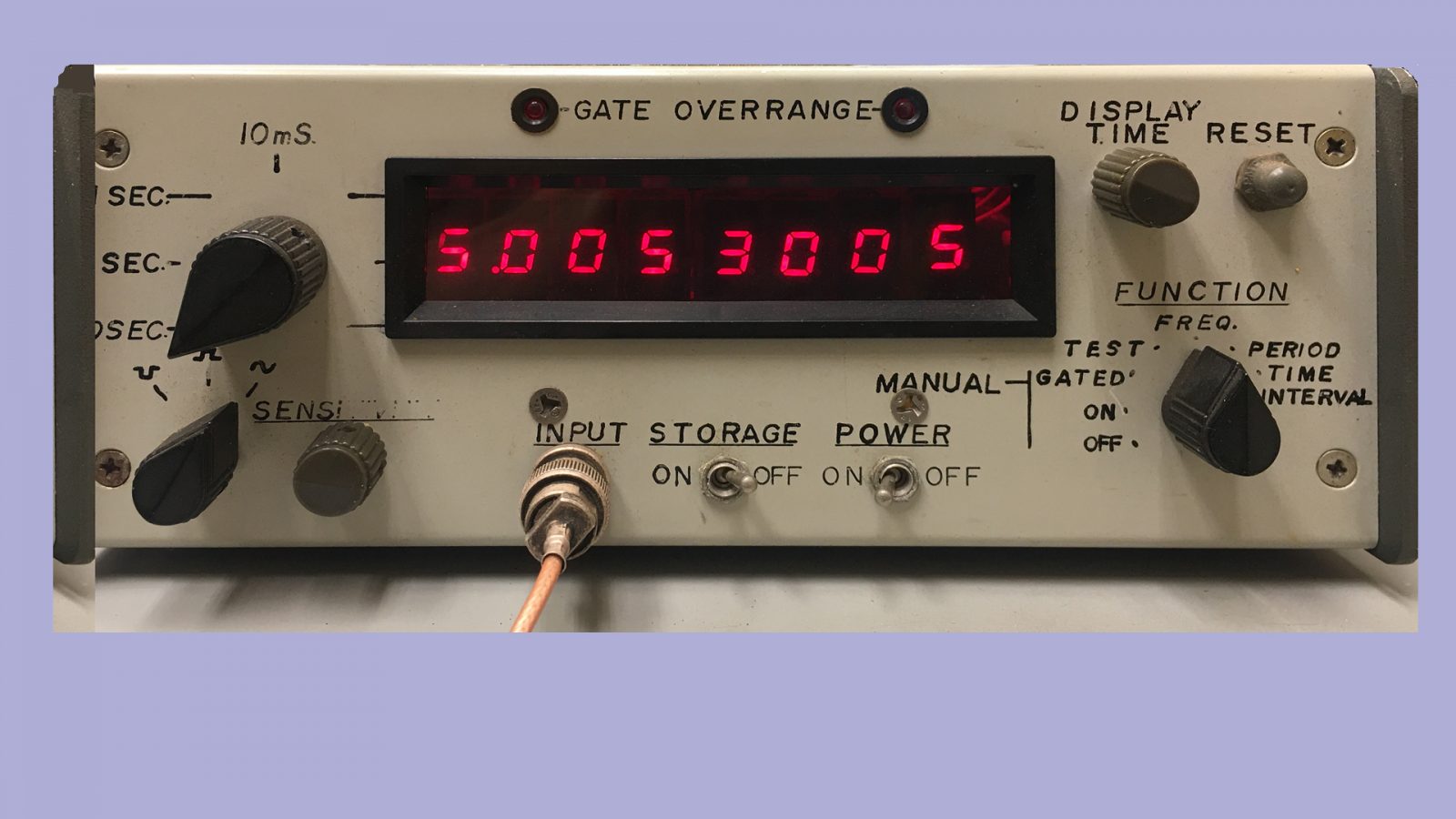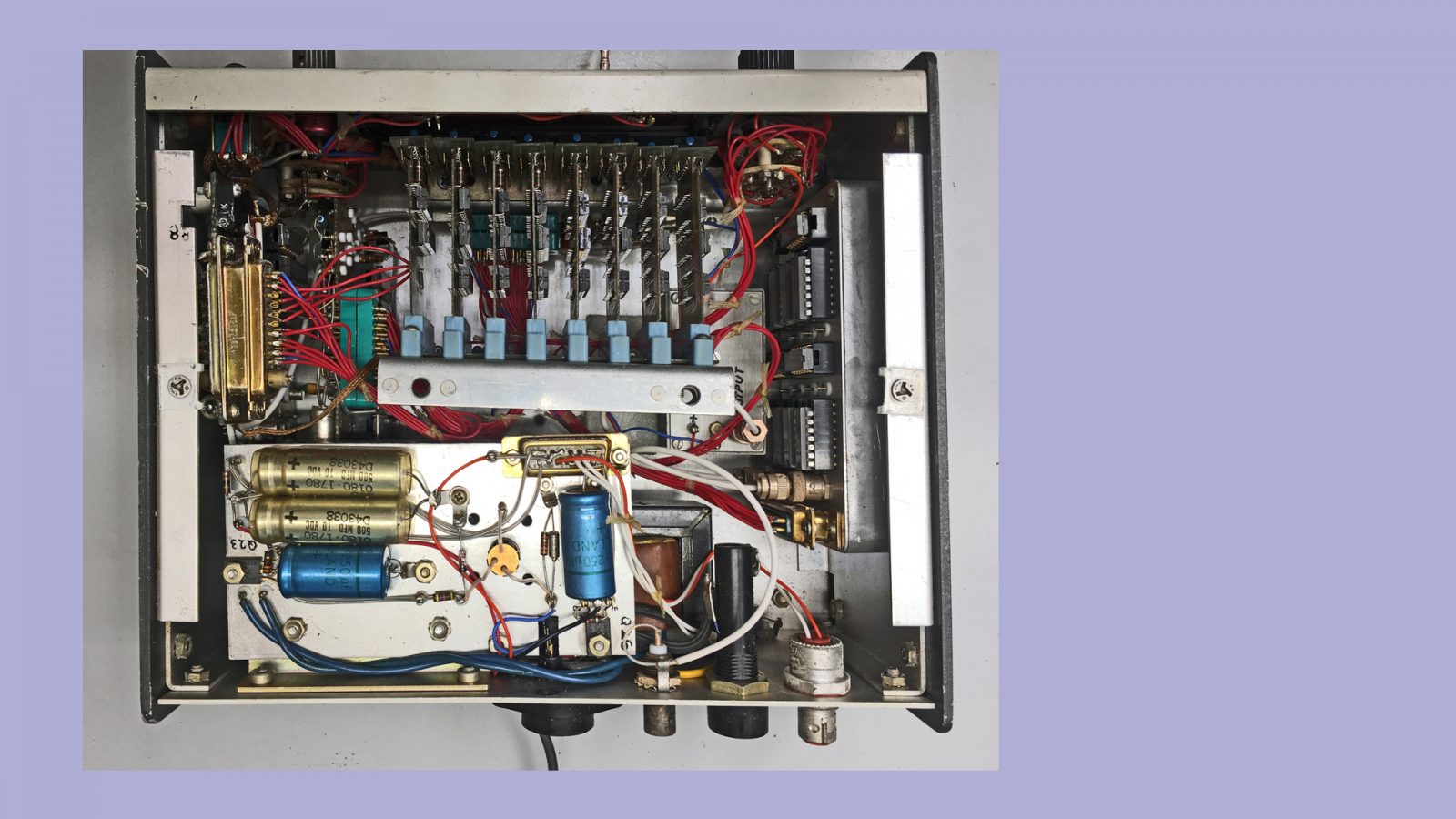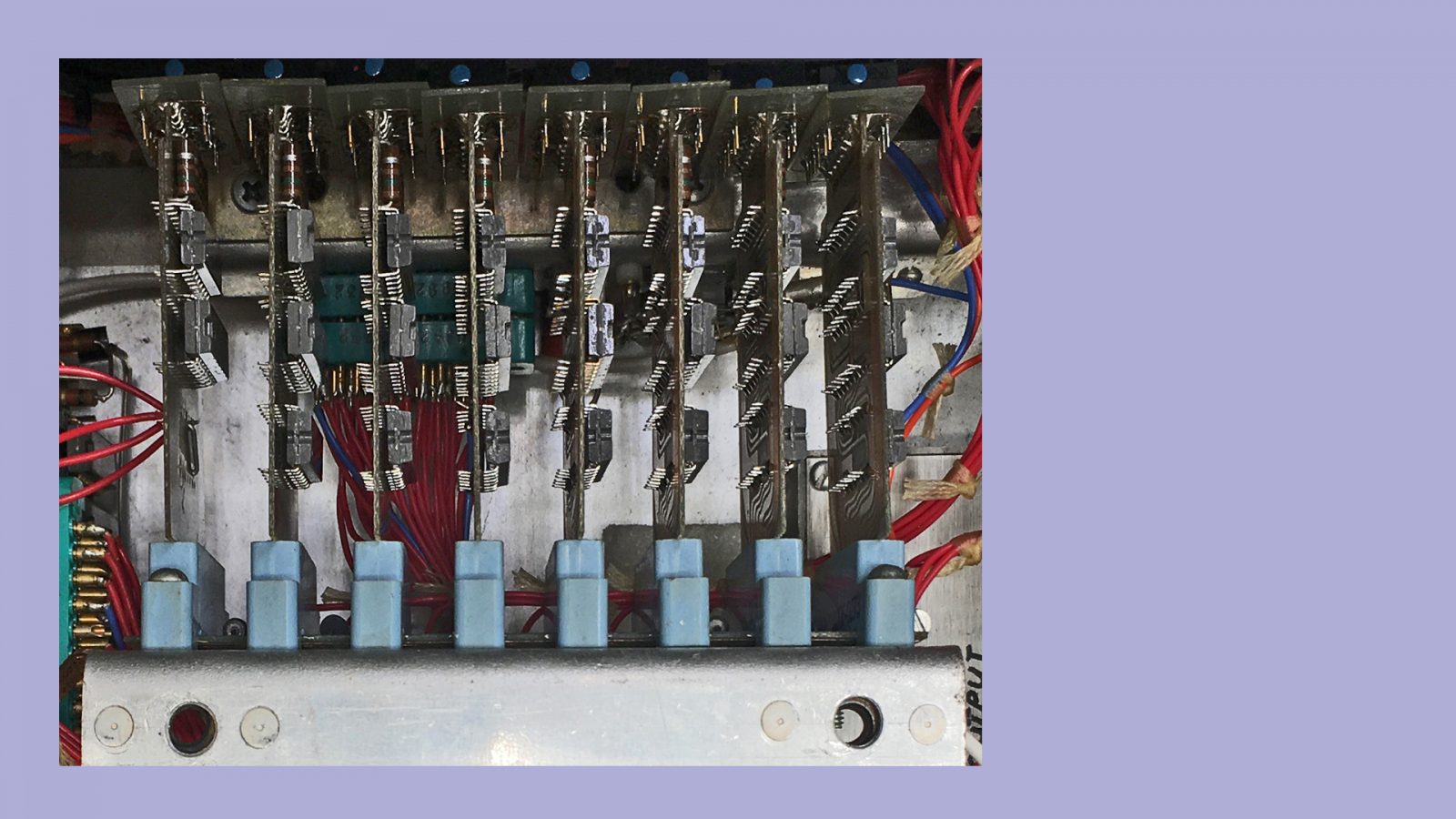Frequency Counter



I constructed this frequency Counter from scratch about 35 years ago. I couldn't afford to buy a commercial product, so what else could I do? I used an indelible ink to make all the labels. After sitting in a box for decades, I turned it on and fed it a 5 MHz signal. I was shocked to see that it still worked!
I crammed a lot of parts into the enclosure. It wasn't beautiful, but it did work. I xeroxed the maintenance manual for a similar commercial product and used the block diagrams and schematics as my guide...
This is the eight-digit, seven-segment LED Display subsystem. I designed and built this from scratch. Each digit was mounted on a separate circuit board and plugged into a backplane. I got all the parts from a great old surplus store near Oakland AIrport. These little displays came out so nice that I was selling them back to the store as little kits. U probably sold at least ten of them at $10 a piece. My entrepreneurial spirit was strong, but my business plan lacked depth.
Once I took these pictures I tossed my pride and joy into a scrap pile with Helicam, my miniature 2 GHz prototype transmitters, my lille rover and hauled them all off to the electronic recyclers. Goodbye old friends. We had some fun, didn't we?